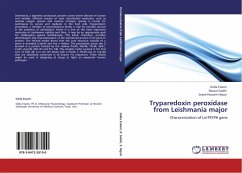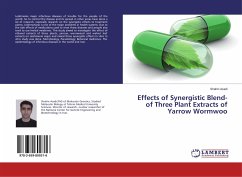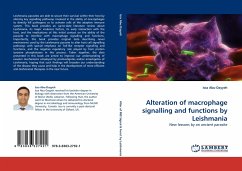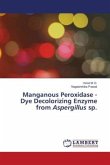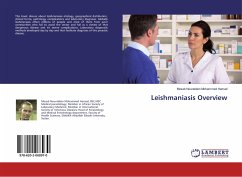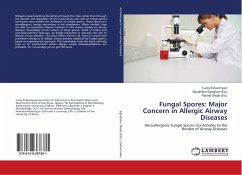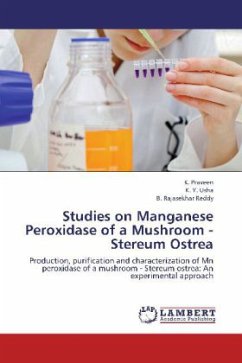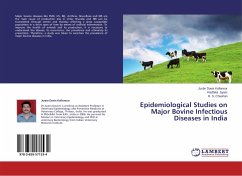Leishmania, a digenetic protozoan parasite causes severe diseases in human and animals. Efficient evasion of toxic microbicidal molecules, such as reactive oxygen species and reactive nitrogen species is crucial for Leishmania to survive and replicate in the host cells. Tryparedoxin peroxidase, a member of peroxiredoxins family, is vital for parasite survival in the presence of antioxidant, hence it is one of the most important molecules in Leishmania viability and then, it may be an appropriate goal for challenging against leishmaniasis. This book, therefore, provides identification and characterization of the mentioned protein from gene to protein. The refined model shows that the core structure consists of a seven b stranded b-sheet and five a helices. The peroxidatic active site is located in a pocket formed by the residue Pro45, Met46, Thr49, Val51, Cys52, Arg128, Met147 and Pro 148. The catalytic Cys52, located in the first turn of helix aB, is in van der Waals with a Pro45, a Thr49 and an Arg128 that are absolutely conserved in all known Prx sequences. These results might be used in designing of drugs to fight an important human pathogen.
Bitte wählen Sie Ihr Anliegen aus.
Rechnungen
Retourenschein anfordern
Bestellstatus
Storno

